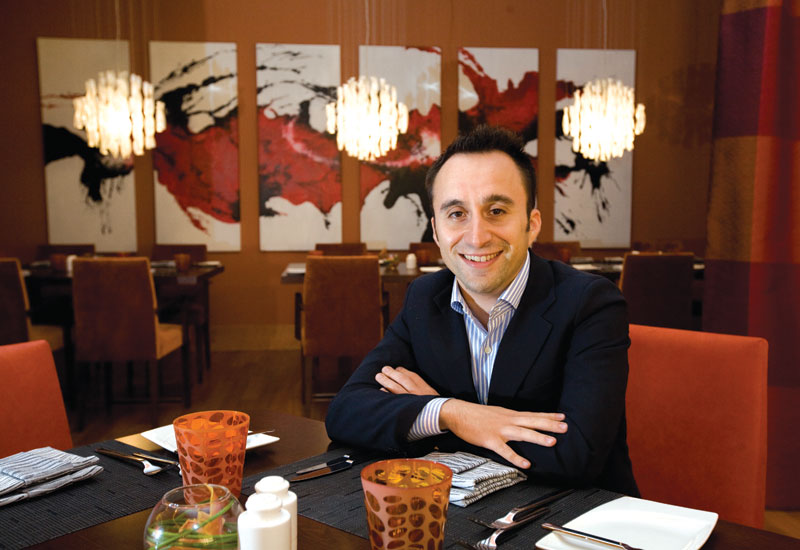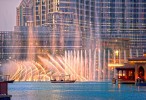But faced with so many options — and so many competitors — how does a property decide which culinary route to take for each outlet?
On Yas Island, developing company Aldar lent a hand, assigning specific themes to each hotel on the island to ensure there would be no cross-over.
“It is a very positive structure that helps attract numerous guests from across Abu Dhabi,” claims Radisson’s Van Veen.
“But we do also have contemporary Italian restaurant Filini at the hotel, which is a restaurant brand created by the Rezidor Group. The concept has proven very successful worldwide, but our Filini outlet is the brand’s first exposure in the UAE.”
At the new Mövenpick Jumeirah Beach, the pre-opening F&B team kicked things off by focusing on main outlet The Talk, then built up other complementary concepts around it, explains Stanco.
“We started with The Talk, which is really three outlets in one, so it was a big project; then we moved on to the West Beach Bistro.
“That was originally going to be a pub, but by looking at the drawings and the direction the design was taking, we could see there was a contemporary flavour that wasn’t really pub-like.
“You have to be flexible during the development process so you don’t end up with an out-of-place offering,” he notes.
“So we started looking at other options — potentially inviting a managing company to take on the space, or a link-up with a celebrity chef. Finally we came up with the gastro-bar idea. This is pretty new here, and we wanted that fresh new concept, because this is a contemporary hotel.

Advertisement
“There’s a lot of the same old restaurants in Dubai, a lot of fine dining; I think this idea is a bit more lively and attractive to the market we’re gearing ourselves towards,” Stanco explains.
Fairmont Bab Al Bahr director of F&B Bastian Breuer adds that striking a harmonious balance between all the in-house offerings will appeal to guests. “Essentially we focused on concepts that complemented and would not directly compete with each other,” he explains. “Plus it was very important that each restaurant concept was easily identifiable for the guest.”
Giving the clients what they want is of course vital, notes Marriott’s Dawood. “We started our F&B development by studying the market and the surrounding concepts around the hotel,” he explains.
“We also conducted some surveys with our guests and clients to establish preferred themes and concepts.”
Kempinski’s Duclos adds: “You have to ensure offerings will also attract the local clientele. Each outlet should answer either a gap in the market or an opportunity to deliver the brand message.”
As these projects demonstrate, F&B is taken extremely seriously by today’s hospitality groups operating in the region — but that could well be down to the fact that, unlike many other restaurant hotspots around the world, the majority of outlets frequented by tourists are located within hotels, due to local alcohol licensing laws.
Aloft Abu Dhabi’s executive chef in charge of F&B, Todd James Hunter, notes: “The benefits of operating a restaurant as part of a hotel override the difficulties, primarily due to the major factor of alcohol licensing laws.
“In addition, having a marketing team already in place in the hotel also contributes to the success of the outlets.
“The only real difficulty is making sure the hotel has a sufficiently diverse range of outlets so it can meet all guests’ needs and prevent them from going elsewhere to eat,” he points out.
However Fairmont’s Breuer highlights the other side of the coin: “In a hotel you capture not only residents in the city but also in-house guests, and by that nature higher occupancy equals more covers. That’s a benefit you don’t see in stand-alone outlets,” he comments.
Of course there are a few challenges to operating what is practically an independent business within a larger operation, as Kempinski’s Duclos points out.
“Unfortunately, many hotel companies consider F&B just another part of the guest services and don’t give it as much attention as they put into, say, the rooms,” he claims.










 Search our database of more than 2,700 industry companies
Search our database of more than 2,700 industry companies









